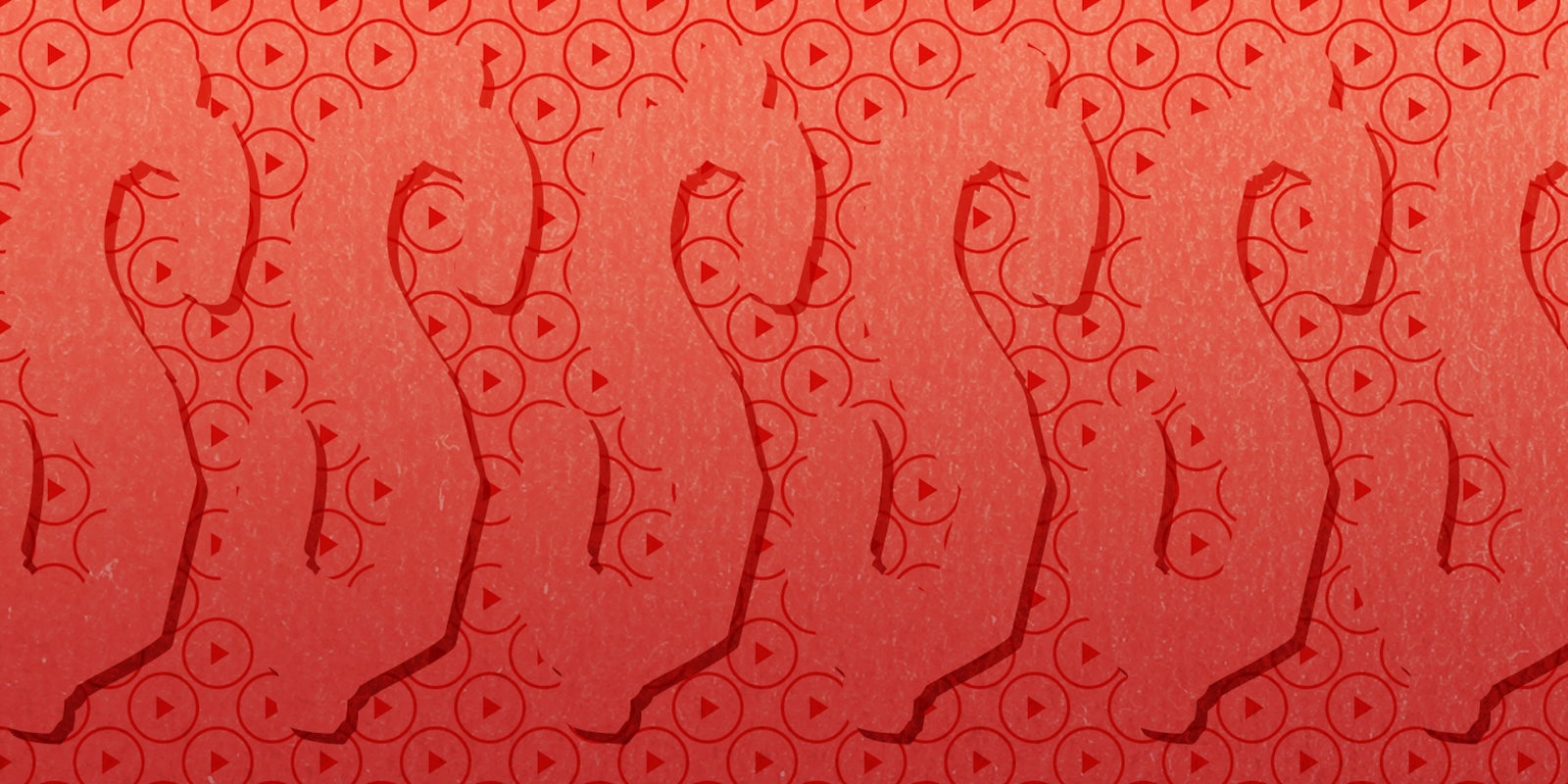After almost three months of paid subscriptions on YouTube, at least one creator believes he can answer the question of who’s worth more to his channel—an ad-supported viewer or a paid subscriber?
YouTube implemented its subscription service, YouTube Red, starting in October, which promises ad-free viewing and other perks for subscribers willing to pay $9.99 per month. All YouTube channels that monetize their content were required to agree to the terms of Red, with channels getting a payout of 55 percent of revenue, based on watch time.
Fans and creators were each initially unsure of if the system would benefit them, but after a few months of payouts, YouTubers are starting to open up about what Red means for their paychecks. YouTuber TotalBiscuit, also known as John Bain, took to Twitter to explain how Red is especially helping his bottom line in January.
Bain addressed the standard downturn in ad rates in January, when advertisers are pumping less dollars into the economy because consumers have less money to spend after the holiday. He pointed out that YouTubers push subscriptions during this time, because, according to him, “CPM has fallen 75 percent compared to December.”
January ad rev being in the toilet is very common. Companies don’t do big ad spends in January because nobody has any money after Xmas.
— TotalBiscuit (@Totalbiscuit) January 12, 2016
Dec/January is feast/famine for ad revenue. Youtube Red is helping to seriously cushion the blow, at least for me this year though.
— TotalBiscuit (@Totalbiscuit) January 12, 2016
However, Bain said he’s seen YouTube Red payments make up for this problem, and outlined why he’s seeing returns on the pay-per-month subscription service in a series of twitlonger posts. By his math, a Red viewer is worth 20 times more than a normal ad view on his channel.
Before now, I was unable to prove exactly how much a Red viewer was worth vs a regular viewer in terms of revenue. I can now clearly determine how much Red views are worth vs normal views. If I did my math correctly, since Red started, a Red view is on average worth 20x that of a normal ad view. This calculation is based on taking the total revenue the channel has generated via Red and dividing it by the total number of Red views since Red was first launched, then multiplying that number by 1000 to find the effective CPM of Red. Then I took the total ad revenue over that same period of time then divided it by the number of total channel views in the same period making sure to subtract the Red views before doing so, then multiplying by 1000. This gives you whats called eCPM or Effective CPM, which is how much money you make per 1000 views (this takes into account unserved ads, which can be caused by adblocking, ad fill rate per country, ads simply not displaying on certain devices or on embeds etc etc, all the factors that cause an ad not to play). CPM in itself is not a useful number, eCPM is, because there’s no point in having ads that pay a lot of money per view if people aren’t being displayed the ads.
While some called out Red as the reason for this January advertising downturn, Bain pointed out that CPM rates are actually up compared to last January. He went on to explain how the content and demographics behind his channel favor Red viewership.
Red users tend to be older. Kids don’t pay for Red. My main demographic is 25-34 year olds, followed by 18-25. My biggest single region demographic is the US, which is where Red is available right now. My content is on average very long and my average watch times very high in comparison to normal channels. As a result I get higher than average Red returns.
While Bain has not claimed that his numbers are the same as everyone else, he does believe that Red is good for creators based on this model, and based on how it helps during CPM downturn months like January.
“Red is obviously going to benefit channels to a greater or lesser extent but the universal truth would appear to be that Red benefits channels, period,” he wrote. “No question, the numbers don’t lie.”
YouTube has yet to release any official data on Red subscriptions or payouts.
Illustration by Jason Reed


